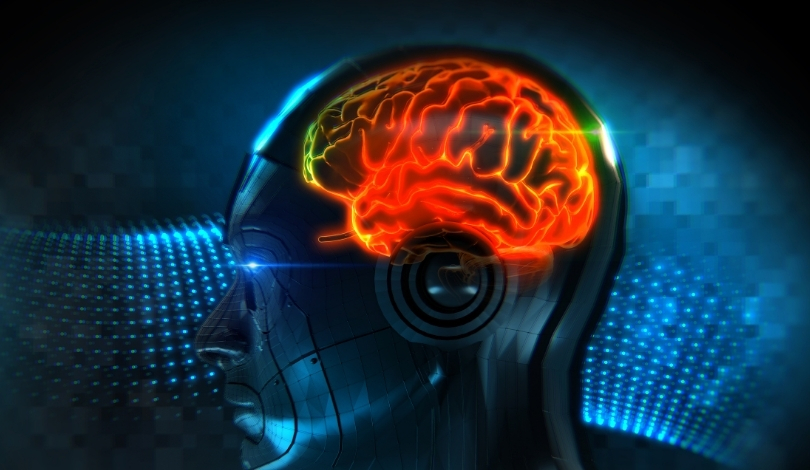Agility Robotics is pushing the limits of humanoid robotics with its Digit robot, creating a foundation whole-body control model that allows for improved stability and performance in human-oriented spaces. This new model acts similarly to a motor cortex, enabling Digit to better manage complex tasks involving delicate manipulations and the handling of heavy objects. Many experts see adaptable robots like Digit as vital for industries where automation is needed but spaces were not designed for traditional machines. The company highlights the growing significance of simulating decades of physical interactions in just a few days, suggesting faster iteration on capabilities. Agility continues to share technical advances as it looks to integrate Digit into wider real-world applications, drawing attention from robotics developers and businesses alike.
When Agility previously discussed Digit’s development, many comparisons were made with other robots using offline human motion datasets and velocity-based navigation models. However, the latest approach is shaped around a position-focused interface and uniform workspace coverage, setting it apart from prior attempts that relied on more limited data and control methods. Earlier demonstrations showed Digit’s ability to perform basic mobility and object handling, but the current advancements strive for robust real-world performance under dynamic and unpredictable conditions that mirror everyday human environments.
How Does the New Motor Cortex-Inspired Model Work?
Agility Robotics designed the new model with a relatively small long short-term memory (LSTM) neural network trained in NVIDIA’s Isaac Sim. This approach permits rapid transfer of skills from a virtual environment to Digit’s physical hardware. The simulation-based training allows Digit to perform tasks such as picking up bulky items or smoothly navigating obstacles without relying solely on model-based motion algorithms. The result is a system that can adjust on-the-fly to physical disturbances and task changes, essential for versatility.
What Challenges Has Agility Addressed with Digit’s Control System?
Agility emphasizes the unique complexity of legged robotic locomotion compared to fixed-base systems, due to differing physical constraints and real-time contact changes. The company’s focus on covering the entire reach and workspace—by randomly sampling positions and orientations—ensures the robot can operate effectively throughout its entire physical domain. Traditional reliance on constant ground contact during tasks, which limited flexibility, is being replaced by more adaptive whole-body planning for Digit.
Why Is Prompting in Task Space Effective for Digit?
Moving away from configuration space and joint parameterization, Digit now receives prompts in terms of free-space positions and orientations, creating a more intuitive interface for users and downstream systems. This design allows coordinated actions with language models and object detectors, as shown in recent demonstrations where Digit completed grocery shopping tasks. Such advancements provide opportunities for easier integration with behavior cloning, scripting, and even teleoperation tools. Agility stresses that performance in a natural, human-centric way remains a key metric for success.
The company describes Digit’s “motor cortex” as an always-on safety system that forms the base for intuitive and reactive robotic behaviors. Building complex manipulation and mobile actions onto this foundation is seen as a crucial step towards broader deployment in physical environments. In their view, safety and robustness are prioritized at every level.
“We can build complex behaviors on top of this lower-level motor cortex, including learning dexterous mobile manipulation behaviors,”
Agility Robotics noted in its announcement.
“We consider this to be the first step towards a safe and robust motion foundation model for real-world humanoid robots.”
Humanoid robots like Digit are now closer to operating autonomously in settings built for people—offices, warehouses, and public spaces—thanks to advances in simulation training, reinforcement learning, and task space prompting. While earlier development often focused on motion learning from human datasets or velocity-driven objectives, Agility Robotics is moving toward more intuitive, workspace-centered command structures. For technical leaders and businesses, this means greater potential for automated labor in traditional human domains and less need for specialized robot-only infrastructure. As the field progresses, a main takeaway is the value of uniform data coverage and flexibility in training, combined with practical on-the-fly motion planning. Those looking to integrate humanoids like Digit can focus on clear task objectives and harness simulation-based learning to speed up development cycles in new application areas.










